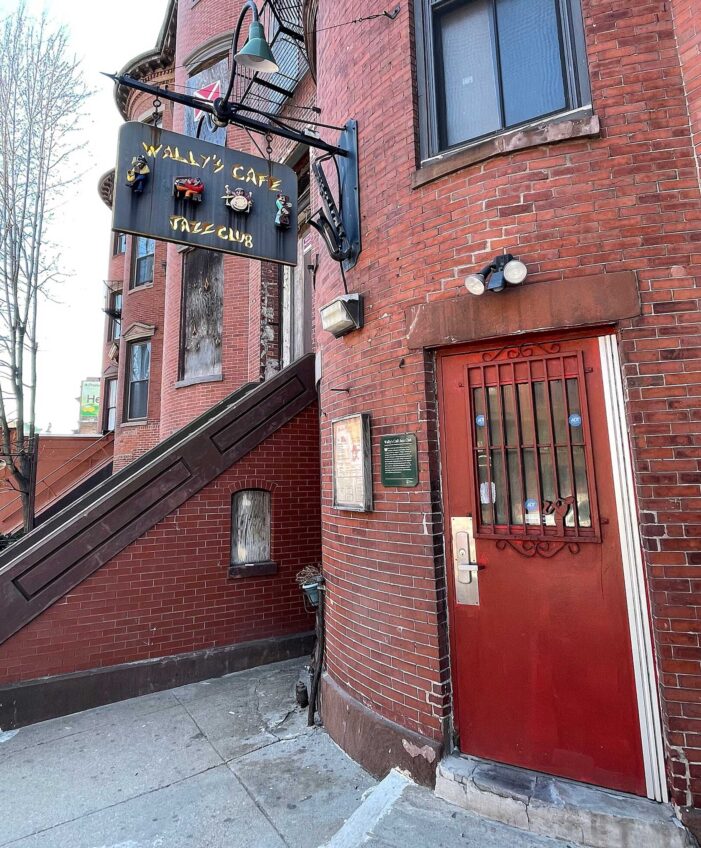Banner Business sponsored by The Boston Foundation
The latest jobs report for March 2024, released by the Bureau of Labor Statistics, reveals a nuanced economic landscape characterized by persistent challenges for Black workers amidst broader employment gains. Despite overall improvements in the job market, disparities continue to exist, raising questions about the underlying factors contributing to this discrepancy and the effectiveness of current economic policies.
According to the BLS data, the national unemployment rate in March remained relatively stable at 3.8%, reflecting a continued recovery from the economic downturn caused by the COVID-19 pandemic. However, the unemployment rate for Black workers tells a different story, standing at a staggering 7.5%, double the national average. The high unemployment rate among Black workers is not a new phenomenon but rather a longstanding issue that has persisted despite overall economic growth. Structural barriers such as discrimination in hiring, limited access to quality education and training, and unequal opportunities for advancement continue to contribute to this disparity.
This glaring disparity underscores the systemic challenges faced by Black communities in accessing and retaining employment opportunities and underscores the need for targeted interventions to address systemic barriers faced by minority communities.
One such targeted intervention is the Third Annual Meet Boston Career Fair hosted by Meet Boston and Connan Harris & Associates. “I believe our career fair embodies our commitment to fostering access and equity in the visitor economy. By embracing diversity and inclusivity, we not only combat rising rates of Black unemployment but also cultivate a skilled workforce reflective of our community. We’re forging pathways for diverse talent to excel in upper management roles within the hospitality sector. Our mission extends beyond this fair — it’s about creating lasting change and setting a precedent for industries everywhere to prioritize access and equity,” said Hilina D. Ajakaiye, executive vice president of Meet Boston.
The career fair’s specific aim to increase access and opportunities for people of color to have access to employment opportunities in hospitality builds off the sector’s strong employment numbers. According to the BLS, the leisure and hospitality sector continued to lead job growth, adding 103,000 jobs in March. This sector has been a bright spot in the recovery, rebounding strongly from the pandemic-induced downturn. According to Ajakaiye, “The travel and hospitality sector is the third largest in Boston and across the Commonwealth. Hotel occupancy numbers are expected to approach 80 percent in 2024 and Boston’s Logan Airport is set to welcome a record number of passengers. A strong and diverse pool of hospitality employees is critical.”
Other sectors of the economy such as manufacturing and retail saw more modest gains, with manufacturing adding 13,000 jobs and retail adding 5,000 jobs. These figures suggest that while the overall labor market remains healthy, there are pockets of weakness that require attention. In addition to specific interventions by sector, economic policy is also an area that can impact on job growth and unemployment.
The Federal Reserve Bank’s monetary policy plays a crucial role in shaping economic conditions, including employment levels. The Fed’s decision to cut interest rates aims to stimulate economic activity by reducing borrowing costs for businesses and consumers, thereby encouraging investment and spending. However, the impact of interest rate cuts on employment rates is complex and multifaceted. While lower interest rates can stimulate economic growth and job creation in the short term, they may also lead to inflationary pressures and financial instability if not carefully managed. Moreover, the transmission mechanism through which interest rate changes affect employment is not always direct or immediate.
In the context of the March 2024 jobs report, the question arises: Will the Federal Reserve’s policies on cutting interest rates have a significant impact on employment rates, particularly for marginalized communities like Black workers? While lower interest rates may provide some relief by spurring economic activity and job creation, they are unlikely to address the underlying structural barriers that contribute to disparities in employment outcomes.
However, there are concerns that cutting interest rates too aggressively could lead to inflationary pressures, which could in turn erode the purchasing power of workers’ wages. Despite these concerns, the Federal Reserve has signaled its intention to continue raising interest rates in a bid to curb inflation, which hit a 40-year high in February. Fed Chair Jerome Powell has reiterated that the central bank remains committed to its dual mandate of promoting maximum employment and stable prices but has emphasized the need to balance these objectives.
As the Federal Reserve deliberates over its monetary policy stance, including the possibility of cutting interest rates further, the central bank faces a delicate balancing act. While a further reduction in interest rates could provide additional stimulus to the economy, there are concerns over the unintended consequences, particularly in relation to employment dynamics. Some economists argue that the efficacy of monetary policy in addressing structural issues such as racial disparities in unemployment is limited. Instead, they advocate for targeted fiscal measures and investments in education, infrastructure, and workforce development as more effective tools for addressing systemic inequities.
The March 2024 jobs report highlights the ongoing challenges facing Black workers in the labor market, as well as the potential impact of current interest rates on employment rates. While the overall labor market remains strong, there are concerns about the potential for a slowdown in job growth in the months ahead. Policymakers will need to carefully monitor these trends and consider targeted interventions to address disparities and support continued economic recovery.






